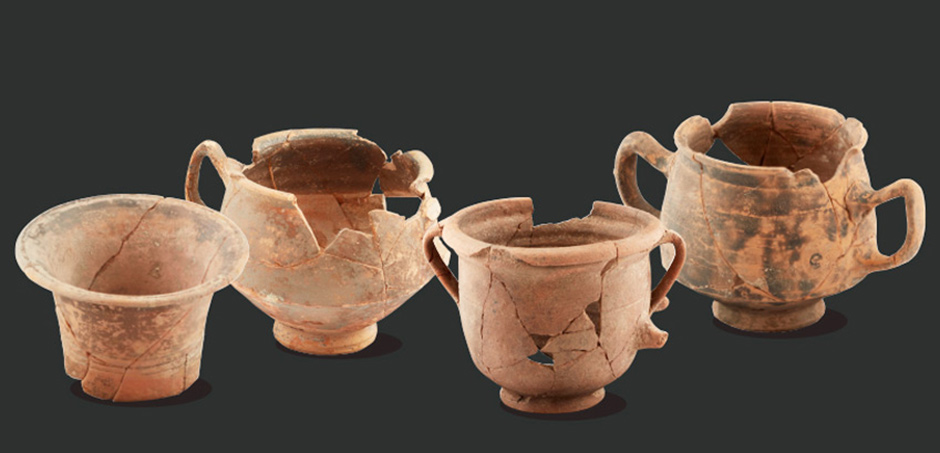Cultural Heritage

One of the priorities of the Trans-Anatolian Natural Gas Pipeline Project (TANAP) – the most important section of the Southern Gas Corridor, transmitting Azerbaijani natural gas to Turkey and Europe – has been the preservation of the Cultural Heritage and archaeological finds along its route.
The TANAP Project passes through the provinces of Ardahan, Kars, Erzurum, Erzincan, Bayburt, Gümüşhane, Giresun, Sivas, Yozgat, Kırşehir, Kırıkkale, Ankara, Eskişehir, Bilecik, Kütahya, Bursa, Balıkesir, Çanakkale, Tekirdağ and Edirne in Anatolia, which contain many riches charting the archaeological and cultural heritage of Anatolia, which has hosted many civilizations in its history, and serves as a bridge between Eastern and Western cultures.
The field studies for the identification of archaeological and immovable cultural heritage sites over the 1811 km route conducted during the environmental impact assessment and basic design process of the TANAP Project revealed 106 new sites not previously registered in the inventories of the affiliated Regional Boards for the Preservation of Cultural Assets of the Ministry of Culture and Tourism, and these were subsequently identified and preserved through their registration by the relevant Preservation Boards. Along the route were 55 areas previously registered by the Ministry.
In addition, during the 5 years of construction works, a total of 48 archaeological sites (necropolis, tumulus, archaeological settlements, etc.) and around 1,000 archaeological artifacts were introduced to Turkey’s cultural inventory, and many of the identified areas have now been registered and brought under preservation by the relevant Conservation Boards. With the total 25 recovery excavations carried out along the pipeline route, significant contributions have been made to our current knowledge of Turkey's cultural heritage and archeology.
Within Bandırma Museum, an exhibition hall housing the artefacts recovered during the rescue excavations conducted under the management of the Bandırma Museum Directorate in the Kalebayır, Şevketiye and Üzümlü districts of Balıkesir was opened on January 15, 2020. The exhibition hall is home to 247 artefacts from the Roman to Early Byzantine Periods recovered as a result of the TANAP Project.
It is known that important settlement areas dating back to 2000 BC exist along and around the TANAP route. Among these is Karaz Höyük (Kura-Araxes Mound) in the Kahramanlar village in the Ilıca district of Erzurum. This mound has been linked to a culture that has regional differences and is referred to by different names, but is most commonly known as the Kura-Araxes culture, which spread from Northeastern Anatolia throughout the entirety of Eastern Anatolia, extending all the way down to Palestine, covering a wide geographical area, and dating to the 3,250–2,000/1,750 BC era.
The Alaybeyi Archaeological Site, which was discovered by chance at the 335th kilometer of the route during the construction of the TANAP pipeline, offers findings that will rewrite the archeological history of the region with its multilayered structure, of which the Kura-Araxes culture is just a part.Carbon dating (C14) analyses carried out in TÜBİTAK laboratories reveal the Alaybeyi Mound to be the "oldest" sign of settlement identified to date in the Northeast Anatolian Region.





 Awards
Awards Agreements
Agreements TANAP
TANAP Gallery
Gallery